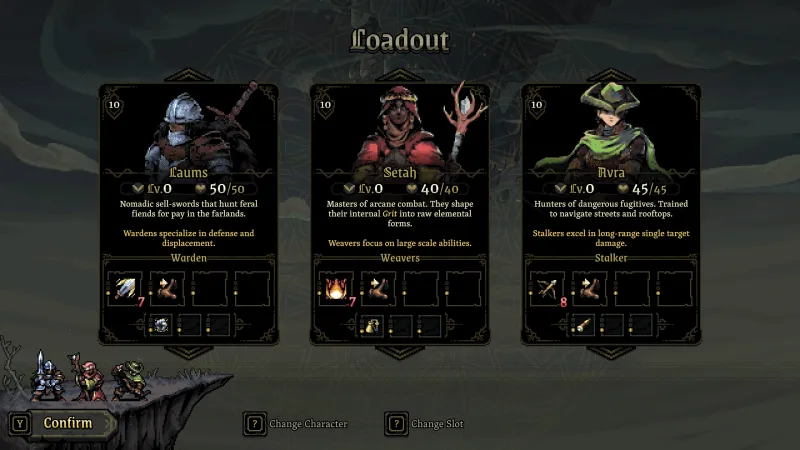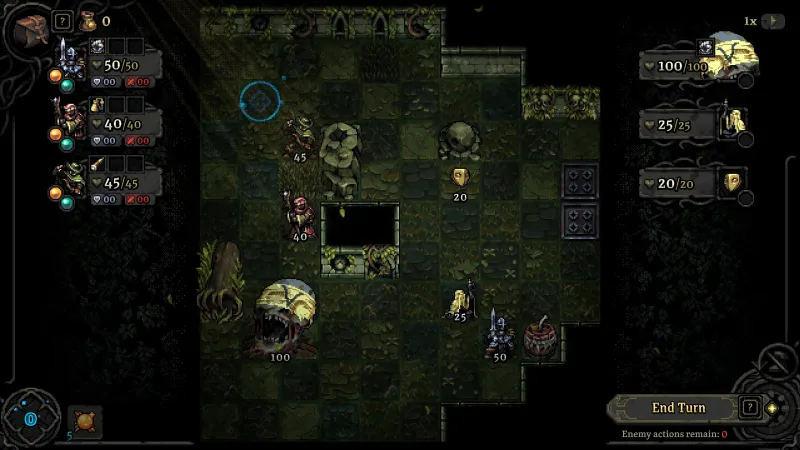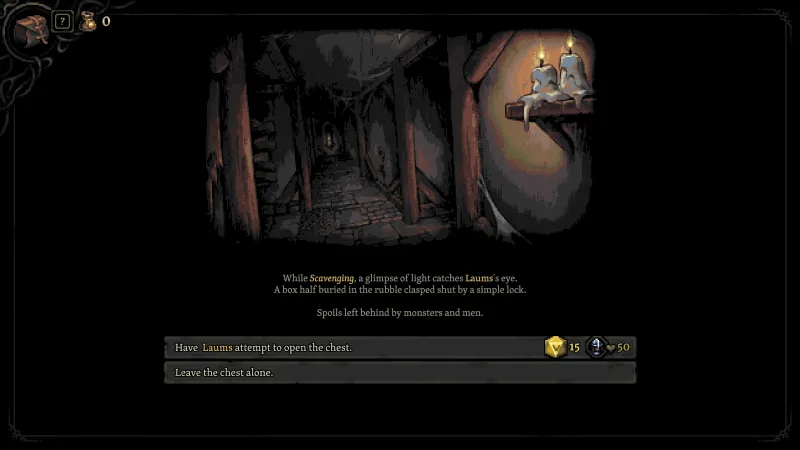Reading List
The most recent articles from a list of feeds I subscribe to.
Control Your Enemies And Fate In Neath, A Roguelike Strategy Game By The Creators Of Rogue Legacy
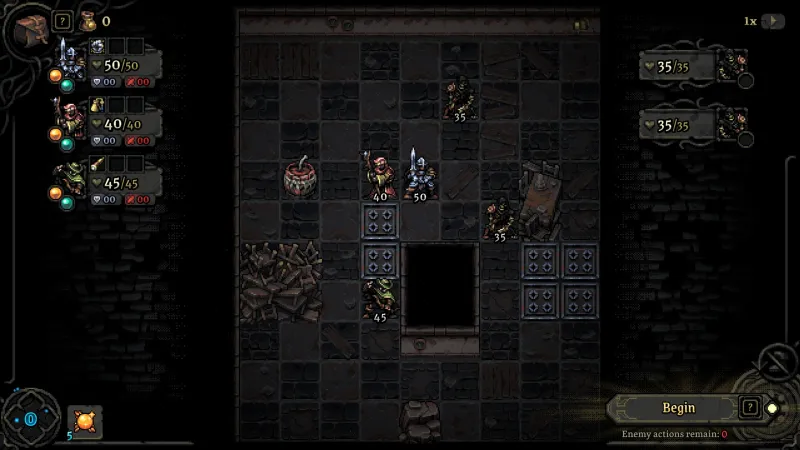
Cellar Door Games, the creators of Rogue Legacy 1 and 2, have revealed a substantially different new game called Neath during today’s PC Gaming Show. It’s a dark roguelike tactical RPG coming next year.
Neath is set in a dying world that has an irradiated, inverted tower looming above it. Players lead a band of fragile warriors up the tower, which holds Taboos, a series of ever-changing edicts from a god that regularly alter the laws of reality.
Inspired by games like Into the Breach and tabletop games like Mansions of Madness, the grid-based game features what a press release calls a “fluid turn-based system where the turn order is always shifting.” In other words, Neath allows players to control the actions of allies and enemies alike.
An “engagement-locking” system grips allied units in fear when targeted by foes. It’s up to the player to disrupt enemies. The game’s press release also states that players can “Make trapped chests fizzle, barter with the gods, and reshape destiny with the power of Fate's Die. Encounter special events inspired by classic 90's dungeon-crawlers that reshapes your party during every run. But beware the consequences when playing games with providence.”
Throughout each run through the tower, players will build their party and learn new abilities, and find powerful relics. Players can discover team synergies to help turn the tide of battles. Outside of tower runs, players will rebuild the small town of Shale into a rich settlement that, in turn, will help them better prepare for future runs.
Neath will launch in 2026 for PC via Steam. Until then, you can read our reviews of Rogue Legacy and Rogue Legacy 2.
Splitgate 2 Has Been Rebooted As Splitgate: Arena Reloaded And It Relaunches This Month
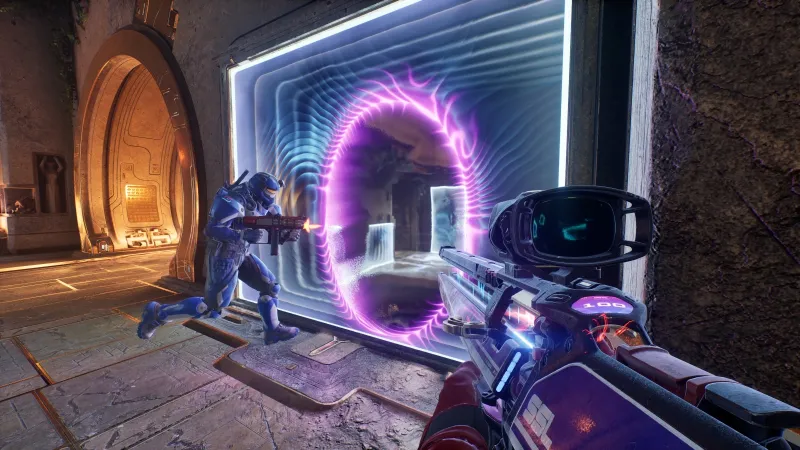
Splitgate 2 had a rough launch this June. Fans were unsatisfied with the sequel’s changes, and it suffered a big PR blow from 1047 Games co-founder Ian Prolux’s controversial stage presentation during Summer Game Fest. After unlaunching Splitgate 2 and returning it to beta in July for a substantial rework, the game has reemerged with a new name: Splitgate: Arena Reloaded.
Relaunching on December 17, the free-to-play Splitgate: Arena Reloaded is described as “a revamped online arena FPS from 1047 Games that goes back to its community focused roots,” in a press release. This new version of the portal-jumping competitive shooter ditches the factions and abilities of the original Splitgate 2. It also sports a completely overhauled progression system to create an arena-style experience that hews much closer to the original Splitgate.
“Splitgate has always been a love letter to the arena shooters we grew up playing,” said 1047 Games design director Josh Watson in a press release. “We’ve been hard at work rebuilding the game from the ground up, taking the best of Splitgate 1 and Splitgate 2, removing what didn’t work, and refining what did.”
Arena Reloaded also introduces five new maps, while six existing maps have been fully reworked. It also features three new primary weapons and a new power weapon, the Railgun. The game also boasts new Arena modes, along with Classic Arena, playlist selection, and an even-starts mode without customizable weapon loadouts. 1047 also promises a simplified battle pass, improved cosmetics, and reduced store prices.
Splitgate: Arena Reloaded will launch on PlayStation 5, Xbox Series X/S, PlayStation 4, Xbox One, and PC.
Splitgate 2 Has Been Rebooted As Splitgate: Arena Reloaded And It Launches This Month

Splitgate 2 had a rough launch this June. Fans were unsatisfied with the sequel’s changes, and it suffered a big PR blow from 1047 Games co-founder Ian Prolux’s controversial stage presentation during Summer Game Fest. After unlaunching Splitgate 2 and returning it to beta in July for a substantial rework, the game has reemerged with a new name: Splitgate: Arena Reloaded.
Relaunching on December 17, the free-to-play Splitgate: Arena Reloaded is described as “a revamped online arena FPS from 1047 Games that goes back to its community focused roots,” in a press release. This new version of the portal-jumping competitive shooter ditches the factions and abilities of the original Splitgate 2. It also sports a completely overhauled progression system to create an arena-style experience that hews much closer to the original Splitgate.
“Splitgate has always been a love letter to the arena shooters we grew up playing,” said 1047 Games design director Josh Watson in a press release. “We’ve been hard at work rebuilding the game from the ground up, taking the best of Splitgate 1 and Splitgate 2, removing what didn’t work, and refining what did.”
Arena Reloaded also introduces five new maps, while six existing maps have been fully reworked. It also features three new primary weapons and a new power weapon, the Railgun. The game also boasts new Arena modes, along with Classic Arena, playlist selection, and an even-starts mode without customizable weapon loadouts. 1047 also promises a simplified battle pass, improved cosmetics, and reduced store prices.
Splitgate: Arena Reloaded will launch on PlayStation 5, Xbox Series X/S, PlayStation 4, Xbox One, and PC.
Gone Home Designer Steve Gaynor Announces Next Game Springs, Eternal
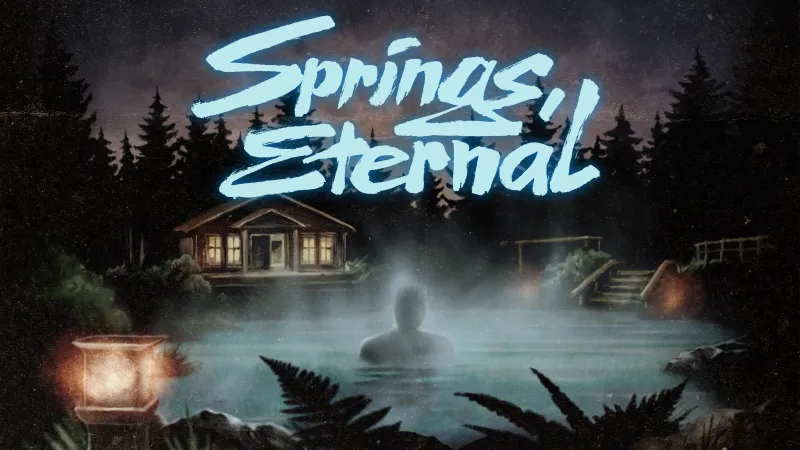
Fullbright, the studio behind Gone Home and Tacoma, has revealed Springs, Eternal, a new first-person exploration game set within a mysterious hot spring. Revealed during the PC Gaming Show today, it's currently in development for PC and scheduled to launch on Steam sometime in 2026.
Notably, Fullbright is now "primarily the solo developer label of founder Steve Gaynor," who previously stepped down from the development of a once-Fullbright game, Open Roads, following allegations of employee misconduct and creating a toxic workplace. After stepping down as the creative lead of Open Roads, the developers behind the road trip adventure game formed the Open Roads Team to release it. It's been over a year since Open Road's launch in 2024, sans Gaynor, and now Gaynor is preparing to launch Springs, Eternal next year.
Check out the Springs, Eternal reveal trailer below:
"In Springs, Eternal, players explore the dark, winding, wooded paths of Stillwater Springs, a secluded, dreamlike, and eerie retreat nestled deep amongst the fog-shrouded pines – an otherworldly location that is equally inviting as it is unsettling," a press release reads. "As they tread and illuminate the trail, flashlight in hand, players will begin to piece together the humanistic and deeply heartfelt memory of the romantic relationship that brought them here, and perhaps discover where it will lead them next."
During Springs, Eternal, players will encounter a cast of other lost souls, each with their own reasons for being at Stillwater. The press release says that, "In a first for Fullbright, engaging in branching dialogue with this cast of characters reveals who they are, how their stories relate to your own, and what other secrets the supernaturally-tinged Stillwater might be hiding."
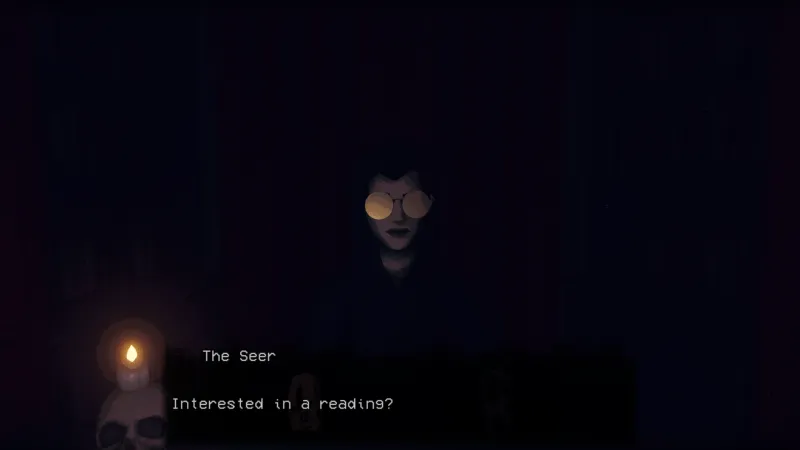
Springs, Eternal is set to launch on PC via Steam sometime in 2026.
In the meantime, be sure to read our review of Open Roads, and then read our thoughts on Fullbright's last release, Tacoma. After that, read Game Informer's Gone Home review.
Haddonfield Heights Multiplayer Map Revealed For IllFonic's Halloween
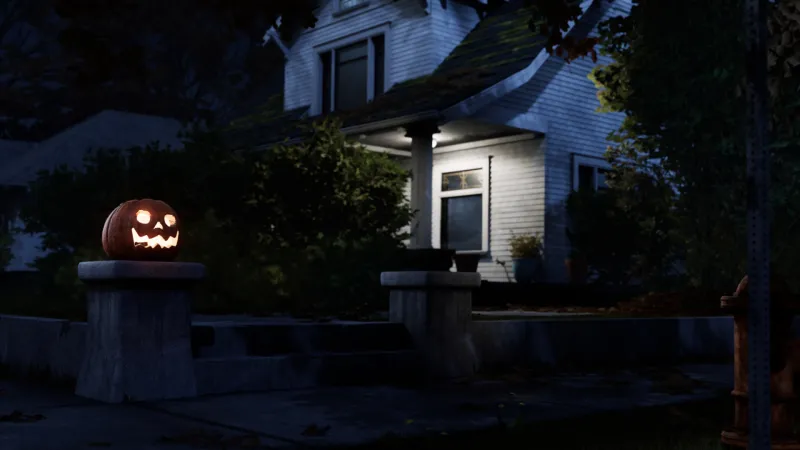
IllFonic released a new trailer for its asymmetrical multiplayer horror game, Halloween, during today's PC Gaming Show, and it showcases its first map, Haddonfield Heights. Of course, Haddonfield is the fictional Illinois town where killer Michael Myers attempts to kill Laurie Strode in the original 1978 Halloween film, so it's no surprise a map like this is in the game.
Developer-publisher IllFonic and co-publisher Gun Interactive describe Haddonfield Heights as a map nestled beneath the iconic Haddonfield water tower that brings players deep into the heart of the town, "introducing a warm, tight-knit neighborhood that hides terror behind every picket fence and perfectly manicured lawn." It features a cluster of charming homes, plenty of front yards and winding side streets to hide in, and a neighborhood full of nooks and crannies necessary to run from (or stop) Michael.
Check it out in the Haddonfield Heights trailer for yourself below:
As a civilian, you will have to scavenge for supplies, guide residents to safety, and locate a phone to call the police before the time runs out in Haddonfield Heights. And if you're playing as Michael, you can expect to prowl the shadows and use abilities like Shape Jump to traverse through the neighborhood unseen and strike without warning.
"This neighborhood allowed us to reimage the tension of Haddonfield in a way that feels both intimate and terrifying," IllFonic design director Jordan Mathewson writes in a press release. "We wanted players to feel the comfort of the neighborhood they recognize from the film right before we turn it into a panic. Every hedge, hallway, and backyard was built to heighten suspense and reward clever play, whether you're hunting or being hunted."
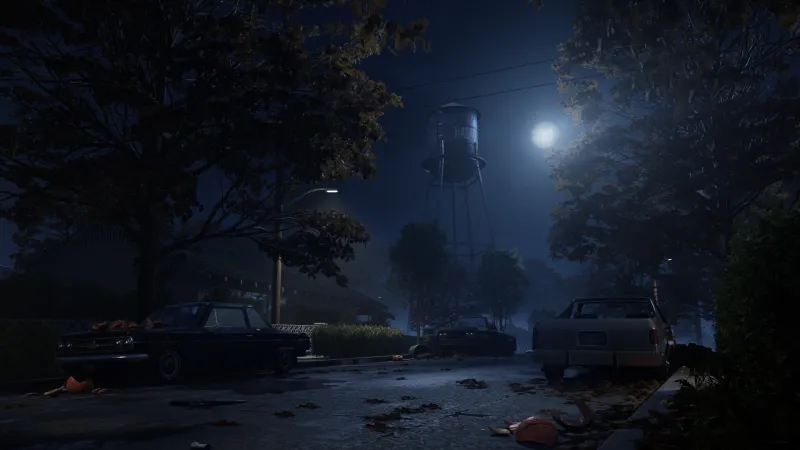
Halloween launches on PlayStation 5, Xbox Series X/S, and PC via Steam and the Epic Games Store on Tuesday, September 8, 2026.
In the meantime, read Game Informer's exclusive interview with IllFonic about the game.
Are you excited for Halloween? Let us know in the comments below!
